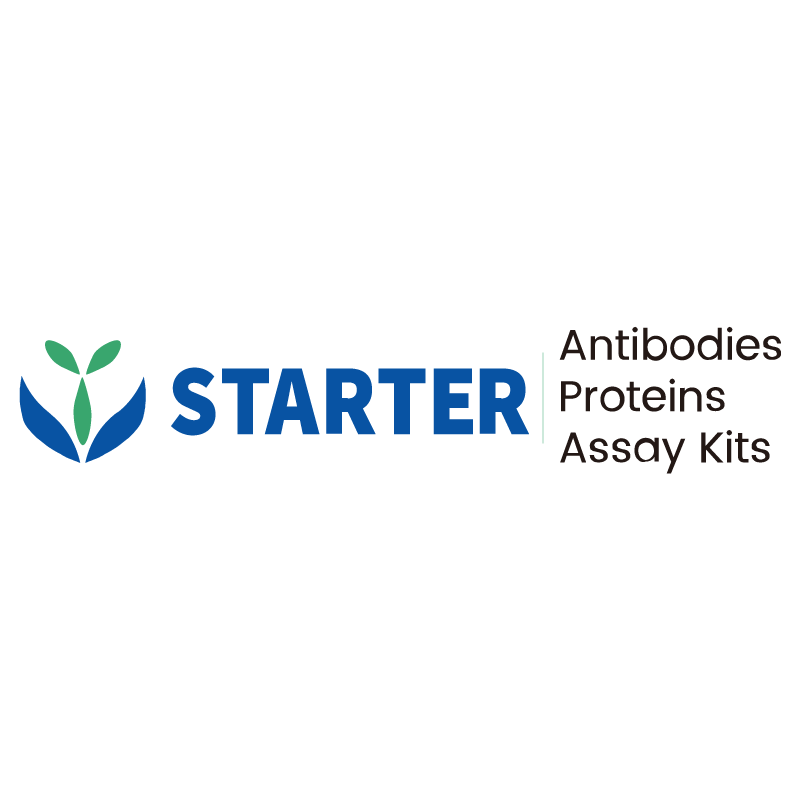Flow cytometric analysis of C57BL/6 mouse bone marrow labelling Mouse CD71 Antibody at 1/2000 (0.1 μg) dilution/ (Right panel) compared with a Rat IgG2a, κ Isotype Control / (Left panel). Goat Anti-Rat IgG Alexa Fluor® 488 was used as the secondary antibody. Cells were stained with TER-119 - Phycoerythrin Antibody separately.
Product Details
Product Details
Product Specification
| Host | Rat |
| Antigen | CD71 |
| Synonyms | Transferrin receptor protein 1; TR; TfR; TfR1; Trfr; Tfrc |
| Location | Cell membrane |
| Accession | Q62351 |
| Clone Number | S-R684 |
| Antibody Type | Rat mAb |
| Isotype | IgG2a,k |
| Application | FCM |
| Reactivity | Ms |
| Positive Sample | C57BL/6 mouse bone marrow |
| Purification | Protein G |
| Concentration | 2 mg/ml |
| Conjugation | Unconjugated |
| Physical Appearance | Liquid |
| Storage Buffer | PBS pH7.4 |
| Stability & Storage | 12 months from date of receipt / reconstitution, 2 to 8 °C as supplied. |
Dilution
| application | dilution | species |
| FCM | 1:2000 | Ms |
Background
CD71, also known as the transferrin receptor 1 (TfR1), is a type II transmembrane glycoprotein that plays a crucial role in cellular iron uptake by binding to transferrin, which facilitates iron transport into the cell. This receptor is highly expressed on rapidly proliferating cells, including erythroid precursors, activated immune cells, and cancer cells, as these cells require significant iron for DNA synthesis and metabolic processes. In clinical contexts, CD71 is used as a marker for identifying immature red blood cells (such as proerythroblasts and reticulocytes) and is also associated with aggressive tumor growth in various cancers, including pancreatic and colon cancers. Additionally, studies have shown that CD71 expression on neutrophils can be linked to poor prognosis in pancreatic ductal adenocarcinoma (PDAC) patients, indicating its potential as a prognostic biomarker.
Picture
Picture
FC


